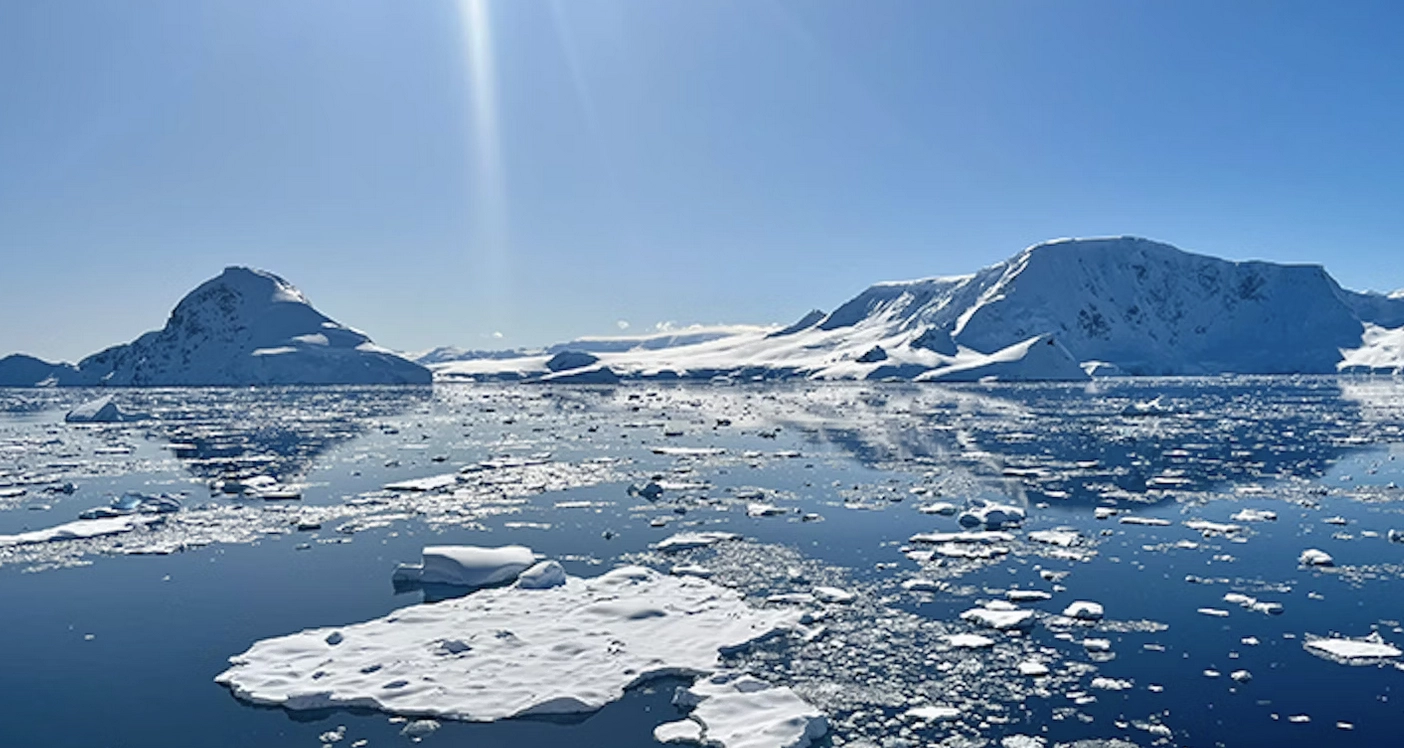When one thinks of Antarctica, one imagines a vast landscape in shades of blinding white, ice and snow stretching as far as the eye can see. But to really consider Antarctica is to consider its water.
The Southern Ocean, which encircles Antarctica, is where the ocean exhales. It is the primary place where the water of the deep oceans rises to the surface, mingles with the atmosphere in a kind of embrace, and then sinks back into the depths. In the course of this exchange, the Southern Ocean both consumes carbon from the atmosphere and releases some of the vast quantities of carbon stored in the deep ocean, the Earth’s largest natural carbon sink. The Southern Ocean therefore controls the global exchange of carbon between ocean and atmosphere, which is vital to regulating global carbon dioxide levels. But climate change may alter this dynamic.
We spoke to Elisabeth L. Sikes, a marine biogeochemist and paleooceanographer with Rutgers University who has received awards for her research on Antarctica and the Southern Ocean, about why the Southern Ocean is so vital to carbon regulation and how global climate change is influencing its role.
It’s both a source and a sink. Phytoplankton in the surface ocean take up CO2, through photosynthesis. And when they die, their bodies sink to the bottom of the ocean and somebody else eats them. Then that carbon—that they’ve pulled from the atmosphere, turned into organic matter, and sunk—is released back into the deep ocean as CO2. So that CO2 is sequestered in the deep ocean. And that process is called the biological pump.
That’s the first step in why the ocean can sequester CO2. The second step is sort of why it comes back out again.
And how does that happen?
The ocean has deep circulation that’s different from the surface circulation, which is wind-driven. This deep circulation is called thermohaline circulation. The main place this deep water forms is the North Atlantic.
Full article at Nautilus

